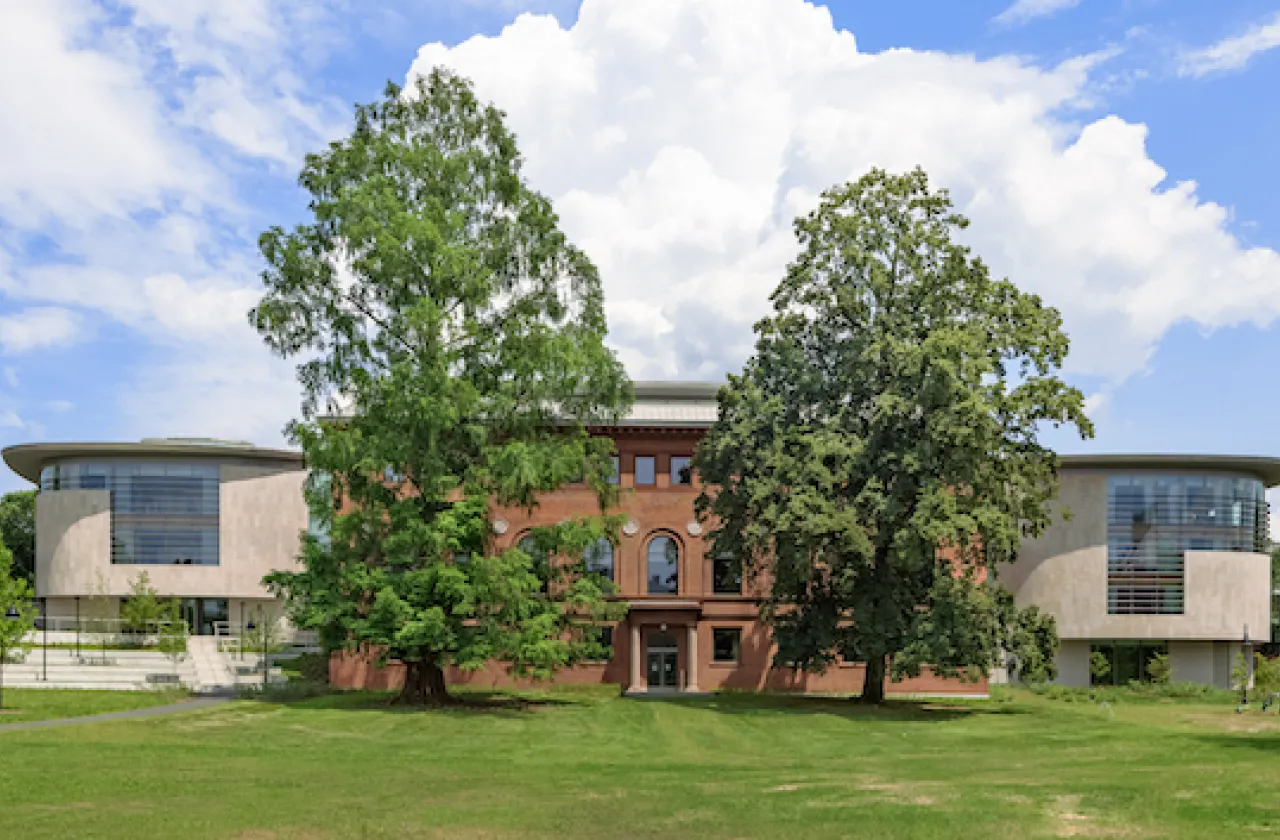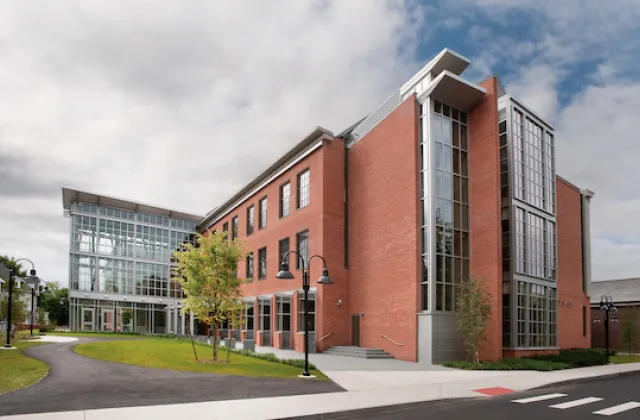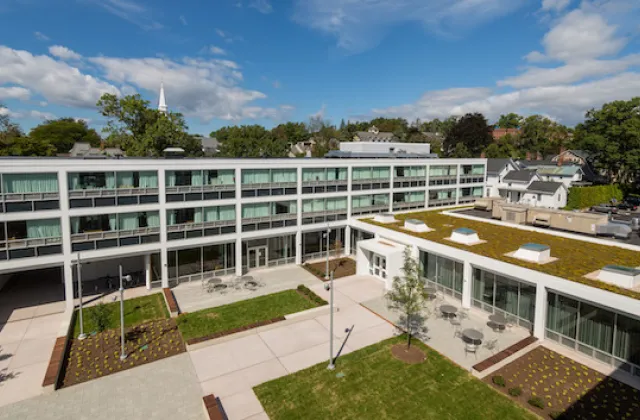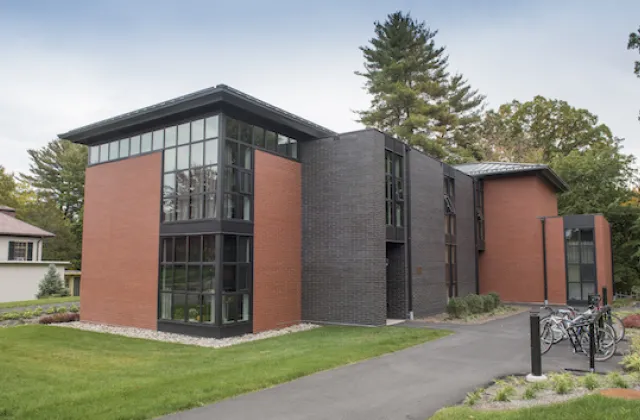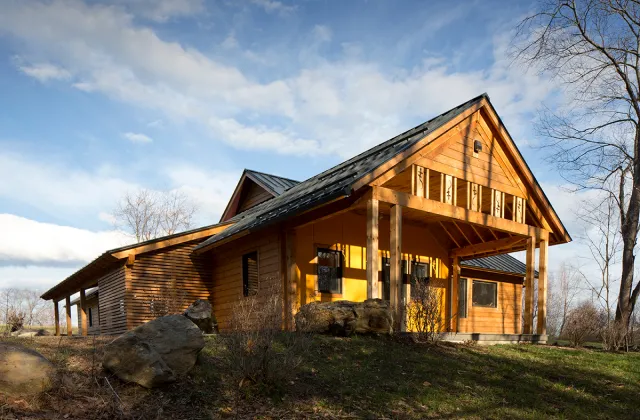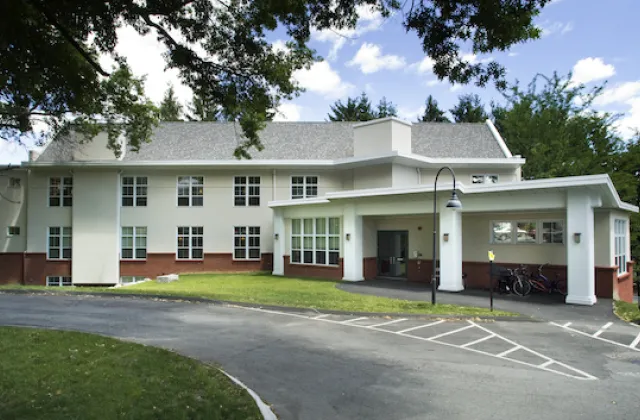Energy Efficiency & Conservation
Energy efficiency and conservation are critical components of financially prudent and resource-responsible institutional operations. Minimizing our consumption of energy reduces how much renewable energy we need to generate or purchase, thereby reducing operating expenses that can be redirected to other preferred purposes. Energy conservation is the foundation of a strong carbon neutrality plan.
Through student research and our regular GHG reporting, we know buildings account for 87 percent of our scope 1 carbon emissions. Over the past 30 years we have implemented waves of building energy upgrades including LED lighting, double-pane windows, building sealing, insulation, equipment replacement, and more.
Existing Building Energy Upgrades
Green and Efficient Buildings
For most new construction since 2008, we’ve adhered to LEED (Leadership in Energy and Environmental Design) standards, and in 2014, we certified the Bechtel Environmental Classroom at MacLeish Field Station as a Living Building.
Electricity Load Reduction Partnership with Electricity Provider
Smith participates in a program with our electricity provider that reduces the stress on the electricity grid during particularly hot days. When Smith receives an alert from our provider, the following day we will completely generate our own electricity through our on-site co-generation power plant for the requested period of time. This program saves Smith money and cools the campus.
